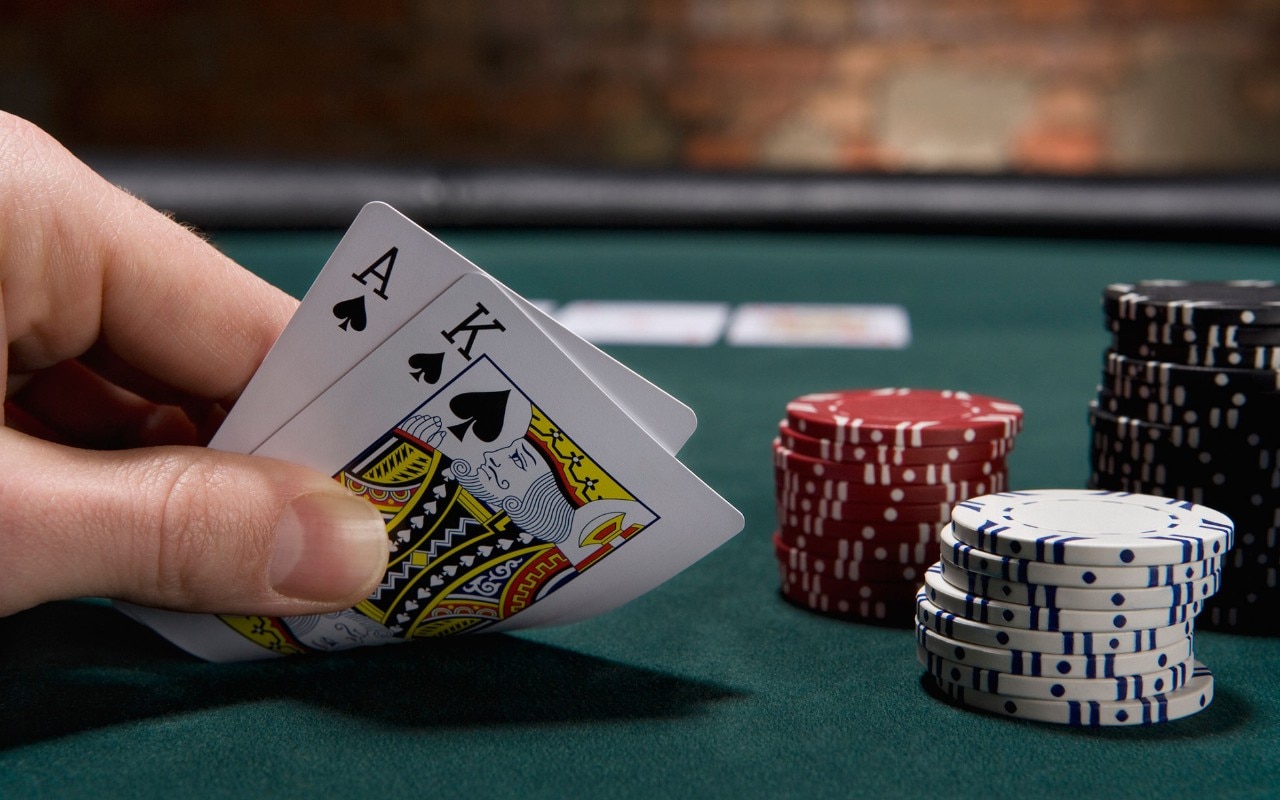
If you are new to poker, you may be wondering what the rules are and how to get started. There are a number of important aspects to poker that you should be aware of. Learn about the Rules, Variations, Stakes, and Bluffing. Then, get ready to play! Listed below are a few of the most important elements of the game. The more you know, the better prepared you will be to win your first poker game!
Rules
The Rules of Poker are the guidelines that govern the games in cardrooms. A new player will be seated in the first game in which an additional player is needed. When this happens, the player may “play behind” by keeping his chips in front of him until he arrives at the table. If the game is already in progress, the player may not transfer his seat to another game. He may only hold a seat in one game, and must announce his purchase to the table before he plays.
Variations
Whether you’re playing for money, for fun, or both, there are many different variations of poker available. These games vary in length, style, and complexity. In general, you will place your bets after each step and check your cards. The goal of poker is to make the highest hand possible. The showdown is where two or more players reveal their cards and the highest hand wins. The winner of the game walks away with the pot. Omaha and other variations of the game are similar to Texas Hold’em, and are similar in some ways.
Stakes
In poker, stakes refer to the amount of money a player is willing to bet. Stakes can be expressed in terms of specific dollar amounts, buy-ins, or blind sizes. For instance, a player could choose to play in a $1 million buy-in cash game. But that is only a fraction of the total amount of money that a player can spend at a table. There are also other types of stakes.
bluffing
Bluffing in poker is a good way to fool an opponent into thinking that you have a good hand. However, bluffing requires skill and knowledge of your opponent. In poker, it’s important to make sure that you bluff when you think you have the edge. If you’re not smart enough to read your opponent’s body language, you might be accused of bluffing more often than you should.
Holding your hand until you see your opponent’s cards
Generally, poker players hold their hands until they see the cards their opponents have in their hand. However, holding your hand until you see your opponent’s cards isn’t always a good idea. Using this strategy may cause snippy commentary and long game delays. Depending on the hand type, this strategy may be advantageous or detrimental, depending on the stakes. Here are the advantages and disadvantages of holding your hand until you see your opponent’s cards in poker
Misdeals
When a player is absent from a poker tournament, he or she is considered a misdeal. This type of mistake is considered invalid and results in the wagers remaining in the pot being returned to the first bettors. Misdeals in poker often occur in online and genuine gambling clubs. Depending on the circumstances, misdeals in poker can occur in either of these venues. It is vital to know the rules to avoid misdeals.
Rapping the table
While the term rapping the table may sound like it’s a verb, it’s not. It’s just a common way to mark a player’s intentions in a poker game. It’s similar to a tap, strike, knock, or light double tab. In the modern era, a double tap is interpreted as a check. A classic example of rapping the table is in the movie “A Few Good Men.” In the show, the villain rapped the table twice with his knuckles, signaling a pass.
Paying the ante
There are several different meanings of the idiom “ante up.” In poker, it means contributing to the pot before the cards are dealt. It can also refer to paying for something or funding a goal. Its primary use in poker is to refer to contributing to the pot prior to the cards being dealt. Regardless of the context, ante up can be a helpful phrase to know. Let’s look at the pros and cons of paying the ante when playing poker.
All-in in poker
A well-timed all-in in poker can be a powerful weapon when used properly. It puts the entire stack on the line, and it can also be crippling to your opponents. But, if you’re at an effective stack with 10 to 15 big blinds, this play is one of the most effective moves you can make. However, you need to consider a few things before making your move. This article will look at a few things you need to consider when making an all-in.